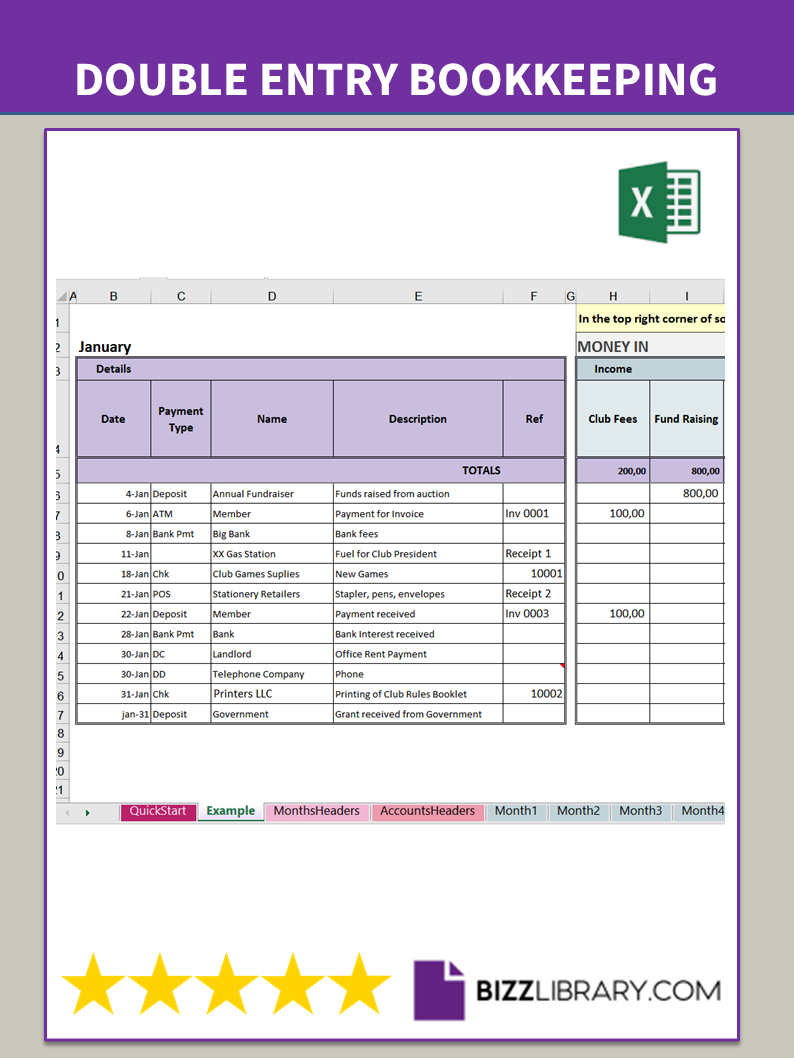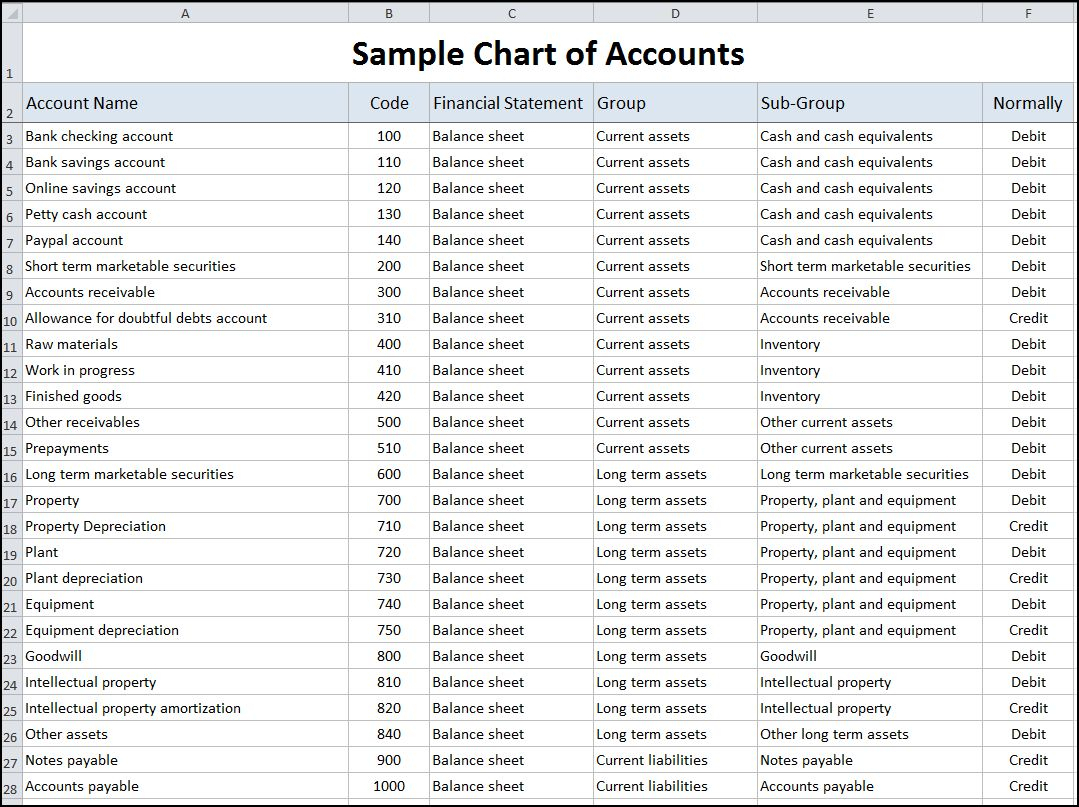

The Florence Company of Bardi was a multinational bank that provided loans to various kings, including Edward III of England. Why was double entry book keeping such an important historical development : r/history 2K votes, 313 comments. The first multinational corporations were located in Italy but had branches across Europe. Organizations called corporations developed to carry out these commercial activities, not only within a country, but among many countries. The increasing scope and complexity of these commercial activities may well have prompted such inventions as double-entry bookkeeping and motivated companies to hire business managers to coordinate and direct their operations (Witzel, 2002). Their industrious countrymen were improving mining operations and developing the shipping and banking industries, which created the underlying conditions for the migration of the Italian Renaissance’s commercial and intellectual culture from its native Italian soil (Haynes, 1991). However, the double-entry bookkeeping procedures that were first documented in 1494 by Fra Luca Bartolomeo de Pacioli (a friend of Leonardo da Vinci) remain. In Italy, we see the emergence of modern enterprise and the emergence of the need for people to run these new enterprises. The combination of these factors led to the creation of new wealth as a new emphasis on trade and wealth creation developed. The emergence of the basic printing press allowed for these ideas and knowledge to spread throughout Europe. The Italian Renaissance saw the reintroduction of classical knowledge and the emergence of new knowledge and learning, much of which had economic and business implications. That means people were no longer just keeping track of John paid Bill 1 they were creating two separate entries for John, -1 and Bill, +1 in both John’s and Bill’s ledgers. Some have found this in use as early as the 1200s and. In double-entry bookkeeping, every transaction must produce two entries in different logs: one entry for money gained (credit) and another for money lost (debit).

In the 14th century, a movement of cultural change and astounding achievements in all spheres of life began in northern Italy. The double entry system came about in published form in Italy during the Renaissance (1300s to 1500s).

The Renaissance in Italy: A Social and Cultural History of the Rinascimento (Cambridge University Press, 2015). About Press Copyright Contact us Creators Advertise Developers Terms Privacy Policy & Safety How YouTube works Test new features Press Copyright Contact us Creators. And as the industrial revolution unfolded, the ideas that Pacioli had set out came to be viewed as an essential part of business life the system used across the world today is essentially the one that Pacioli described.Ruggiero, Guido. It's regarded by many as the most influential work in the history of capitalism. In 1494 Pacioli wrote the definitive book on double-entry bookkeeping. The modern double-entry bookkeeping system can be attributed to the 13 th and 14 centuries when it started to become widely used by Italian merchants. But as the commercial enterprises of the Italian city states grew larger, more complex and more dependent on financial instruments such as loans and currency trades, the need for a more careful reckoning became painfully clear.
Double entry bookkeeping renaissance full#
He had no need to keep accounts - he could simply check whether his purse was full or empty. An early medieval merchant was little more than a travelling salesman. Before the Venetian style of bookkeeping caught on, accounts were rather basic. But today he's celebrated as the most famous accountant who ever lived, the father of double-entry bookkeeping. Luca Pacioli was a renaissance man - he was a conjuror, a master of chess, a lover of puzzles, a Franciscan Friar, and a professor of mathematics. Based on the work of Jean Fourasti, accountant and economist, this article seeks to show that the origins of double-entry bookkeeping are the result of several successive innovations that appeared in Italian commercial enterprises between the 13th and 14th centuries in response to the development of credit and receivables. But strangely there have been virtually no household names among the accountancy heroes, apart from possibly the inventor of the double-entry bookkeeping.


 0 kommentar(er)
0 kommentar(er)
